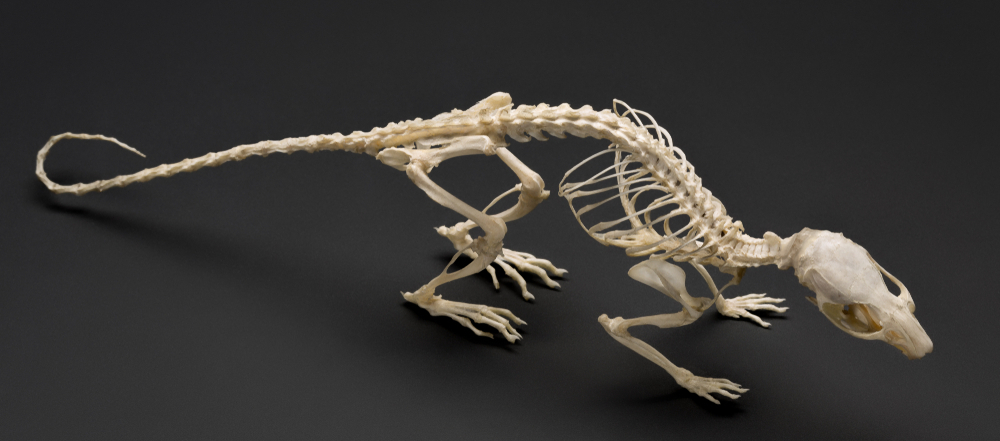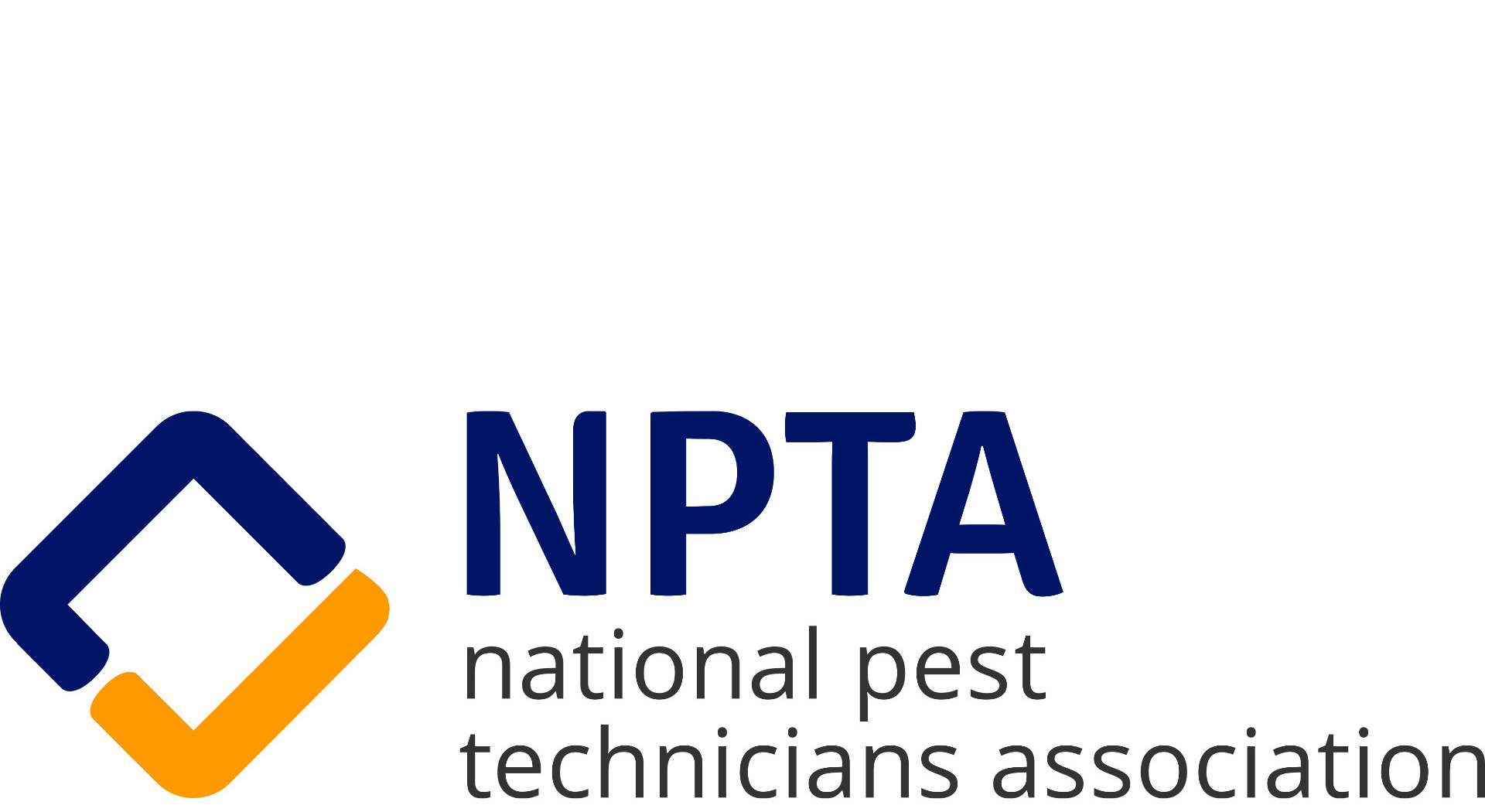Super skills of rats in Maidenhead
Posted on 4th January 2020 at 08:30
The pest that we are called out to most in Maidenhead is without doubt the rat; we have seasonal trends for insects and other species when it comes to the animals breeding seasons, but rats are an ever present pest in Maidenhead.
Why are rats so common in Maidenhead? This is the question that we’ll always have to answer and the truth about rats is that they are extremely successful animals that exploit our need to stockpile food and live in a warm environment. Winter and early spring when the weather is coldest will see a rise in callouts to tackle rat infestations.
The rat that we see not just in Maidenhead but right across Berkshire is the Norwegian rat – Norvius rattus to give it its formal Latin name. People will refer to this as the sewer rat, farm rat or grey rat but these are all variations of the same thing. These rats are incredibly intelligent and have a unique set of skills that make them first class house breakers but also difficult to deal with.
Many pest control companies will turn up and produce rodenticide or poison as their way of dealing with an infestation and we don’t agree with this approach. Because of the super skills that the rat has we feel the most important part of any internal rat infestation is knowing how the rat gets in.
We’re dealing with a creature that is an able swimmer; rats have really powerful back legs and they use these for swimming, they’ll also use their thick muscular tail as a second means of propulsion rather like a crocodile does. Rats are extremely happy in the water and they can easily tread water for three days before they become exhausted. Never be tempted to try and drown a rat, for one its an inhumane way to dispatch the animal and secondly it’ll probably escape.
So we’ve established that rats are good swimmers but how does that lead to them getting inside your property? Unless you’re property uses a cess pit or has a macerator to pump out sewerage then your home connects to the sewers via the drainage system that hidden below your feet
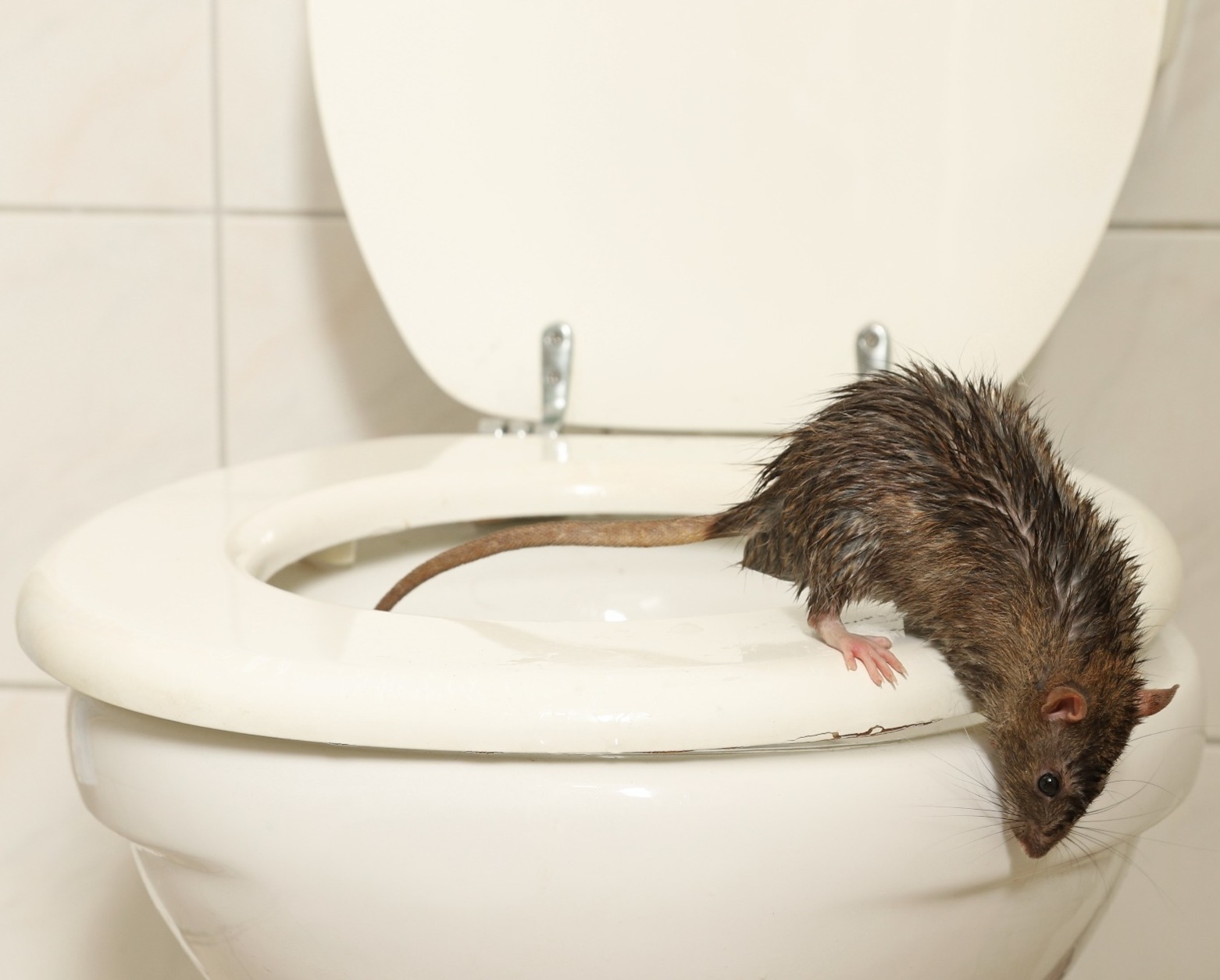
Rats do occasionally pop up in the toilet; make sure you leave the lid down!
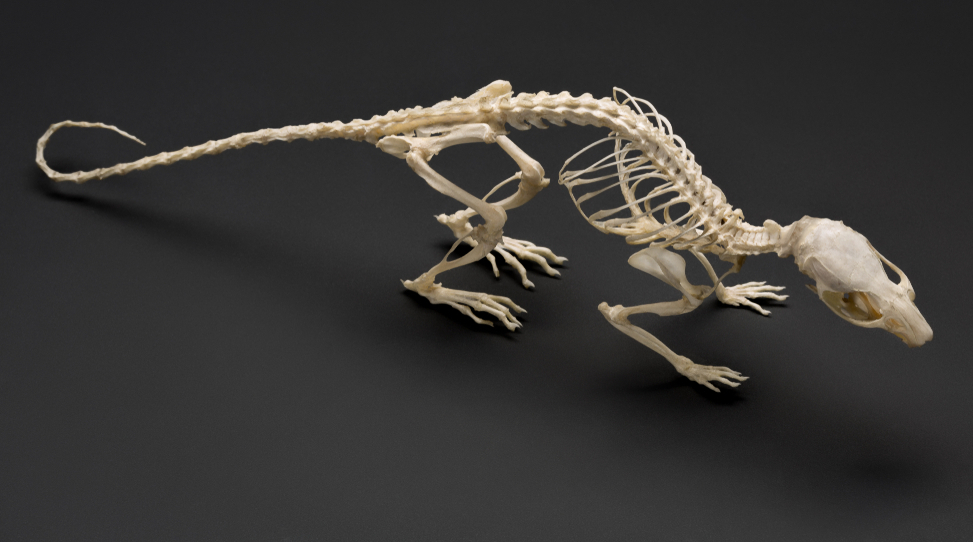
Its not an 100% rule that rats live in the sewers as some areas never see rats in the drainage system but if your property sits within an area where there is activity in the system then its highly probable that rats inside come in via this system.
Along with their swimming ability rats have teeth that on the Mohs scale of hardness are proven to have more strength than cast iron; when they are in the drains they will gnaw at joints in brickwork or around poorly fitted pipes exposing a bigger and bigger area for them to squeeze through.
One of the super skills that rats have is the body shape – they have an elongated aerodynamic shape that is designed to squeeze through gaps the size of a fifty pence piece. If you look at the nail bed of your thumb; that’s about the right size for an full grown adult rat to get through, young rats can get through even smaller holes.
Poor workmanship when new drainage is connected to the older existing one, usually within the inspection pit, often leads to a rat infestation. Rats are capable of climbing up through the interior of the drains and we will see them climbing up modern plastic pipes emerging on upper floors of the property.
The use of modern plumbing fittings such as flexi-connectors that marry up the back of the toilet pan to the waste pipe can be gnawed through by rats very easily and we have see them eat their way through internal air admittance valves that terminate inside the loft.
Its also true that rats can emerge up through the S bend of the toilet; if a rat can get its head through a space it will and once it starts the rat uses those powerful back legs to push the body through. The front legs will hang back down by its flanks and as the animal breathes out the cross-sectional area of the animal is reduced to a space smaller than its head.
Once the front legs are through, they pull the back end and the rat is through the gap – you can watch this action on a link to the National Geographic. And yes, we have been called out to rats in a toilet before!
Stories about rats having collapsible skeletons are just that, stories, the ability of a rat to get through a small space is often used by street performers who will thread themselves through a tennis racket – it’s the same process.
We’ll see that about 70% of our work dealing with internal rat infestations involves rats getting in via the buildings drainage system and that’s one of the reasons why we provide poison free rat control in Maidenhead. Along with the swimming ability and a highly flexible skeleton, rats are also adept climbers and really great jumpers.
From a standing start a rat can jump 80 cm straight up using those powerful back legs again; that distance is almost to the top of a kitchen worksurface! Length ways, again from a standing start the distance is much further at 1.2 metres, combine this with their climbing prowess they can easily access the roof line of many houses.
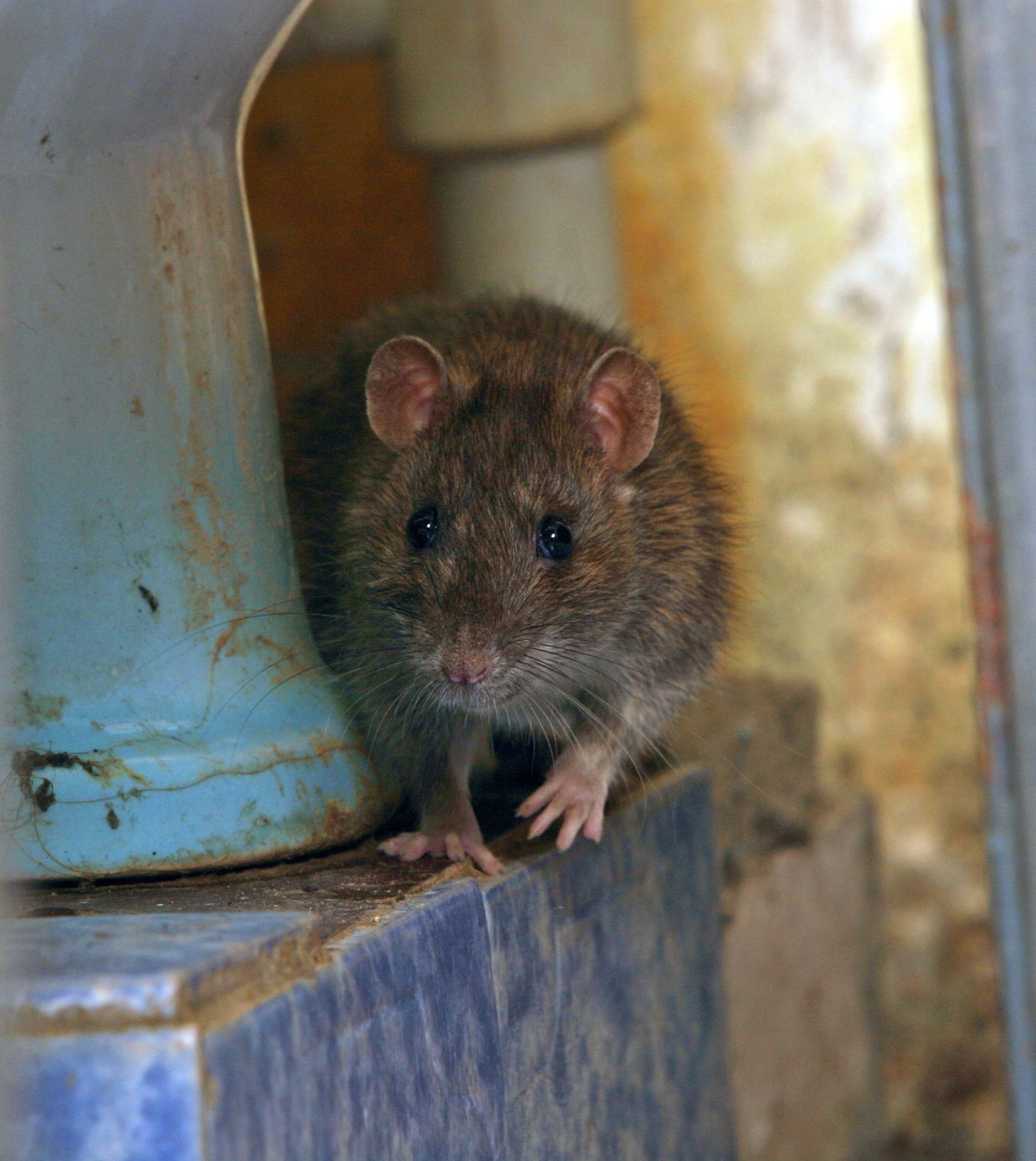
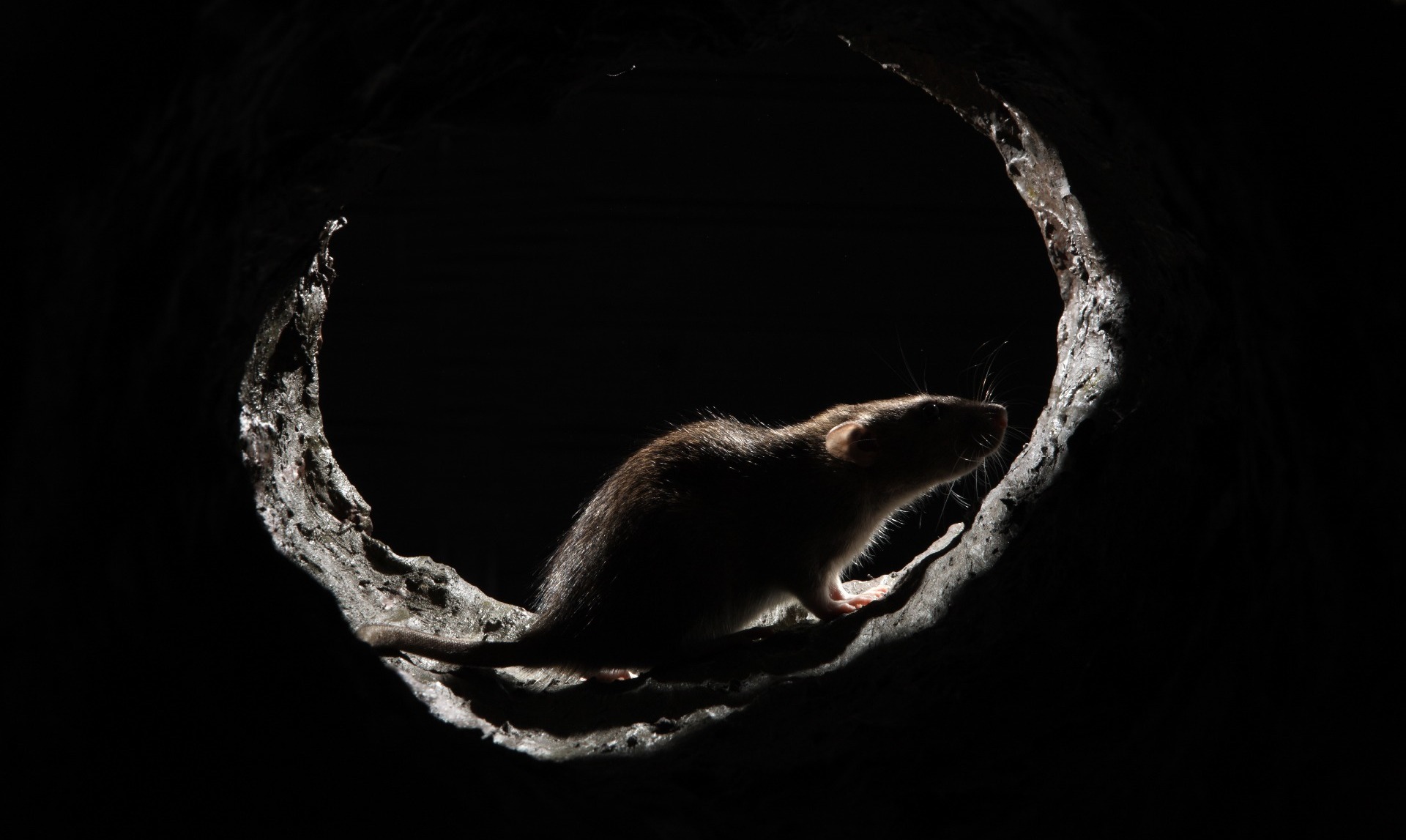
Occasionally with older properties we’ll find that the rainwater system cuts down into the foul system from the property and rats have simply climbed up this pipe and emerged on the roof of the property and exploited a gap in the roof tiles to get into the interior.
Drains, walls and roofs; rats will get into a property any way that they can and more often than not they won’t be content with just one way in as they will set about gnawing their way through woodwork to get additional routes in and out.
Our aim when dealing with rat problems in Maidenhead is to put all the pieces of the puzzle into place using tracking powders and gels to mark routes and then trap so we can pick up the animal and check to see if the route in is via the drains or someplace else.
Another advantage of trapping is that rodenticide causes the animal to haemorrhage from its circulatory system into the tissue, when it dies it does so from blood loss and this means that the rat will very quickly decompose and stink the house out if it dies inside.
This is a wild animal and no-one can predict where it will die; they’ll often die in their nest as the animal becomes weak from blood loss, once its dead you’ll then have to deal with carrion flies coming in attracted by the smell. They will lay eggs on the carcass which will turn into maggots and eventually pupate into hundreds of more carrion flies – all inside your home. This is now how we like to work!
Along with the trapping we will start sealing up any defects that we can find to prevent another occurrence in the future; if we know that the rats got in via the drains then no amount of poison will stop future inward migration. We carryout a CCTV drain survey as part of our investigation, and you can use our report to implement repairs to the drains; this is a highly specialised job and we leave this work for expert contractors.
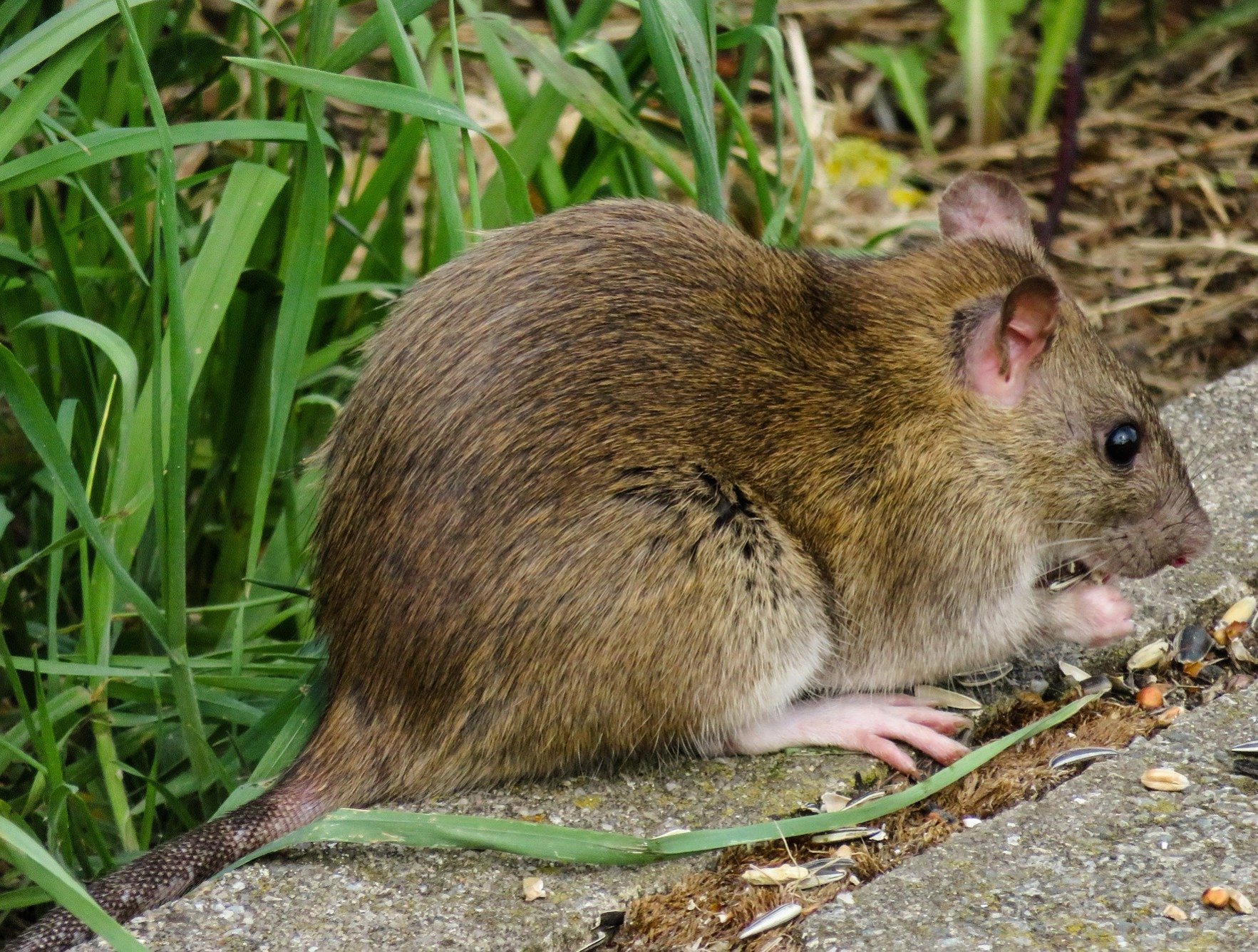
Our approach to rat control in Maidenhead is through a system called Integrated Pest Management; we don’t agree with the straight to poison approach as we trap, seal and investigate to get you now juts rat free but rat free for good.
Tagged as: Rats
Share this post:





